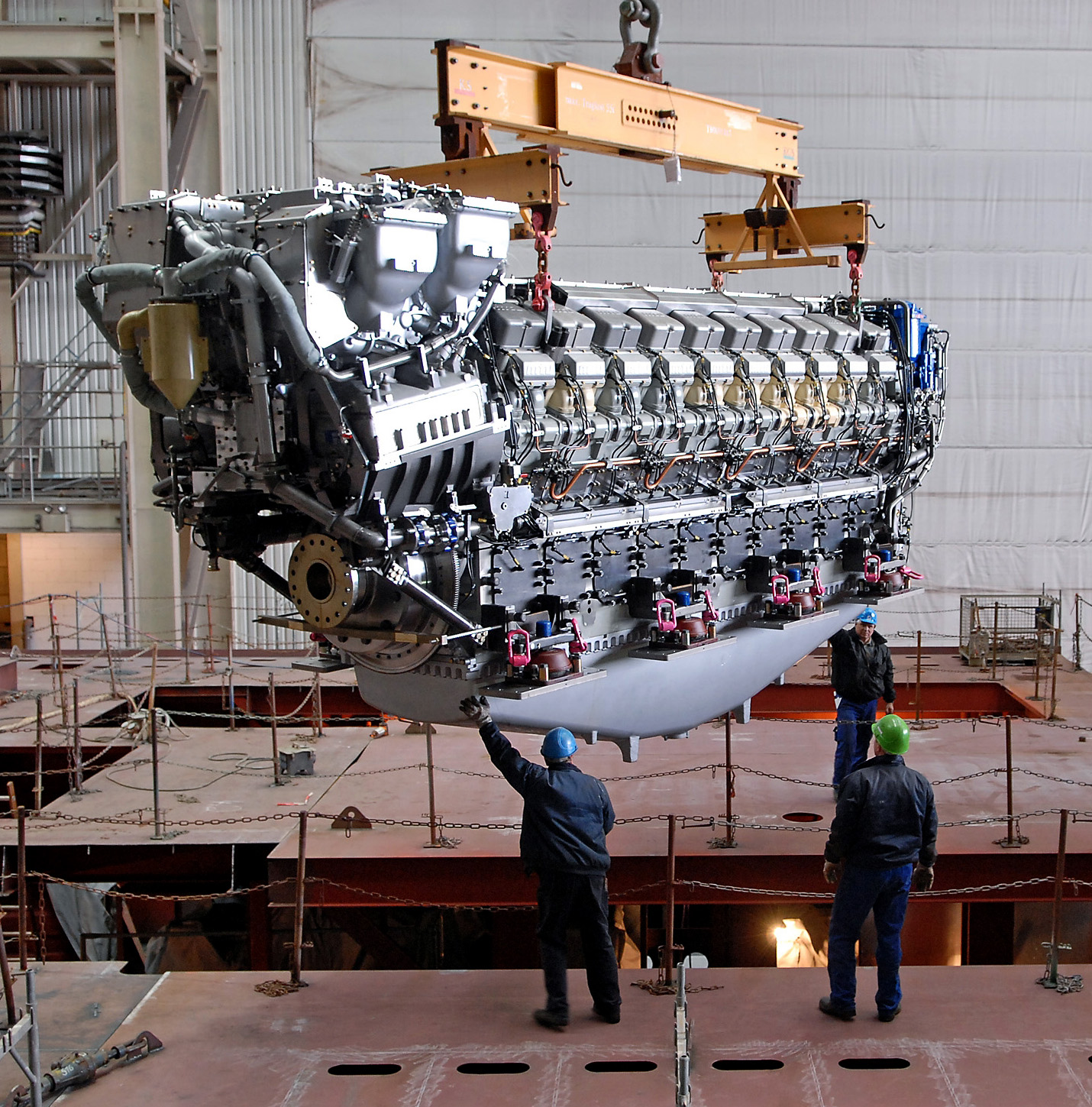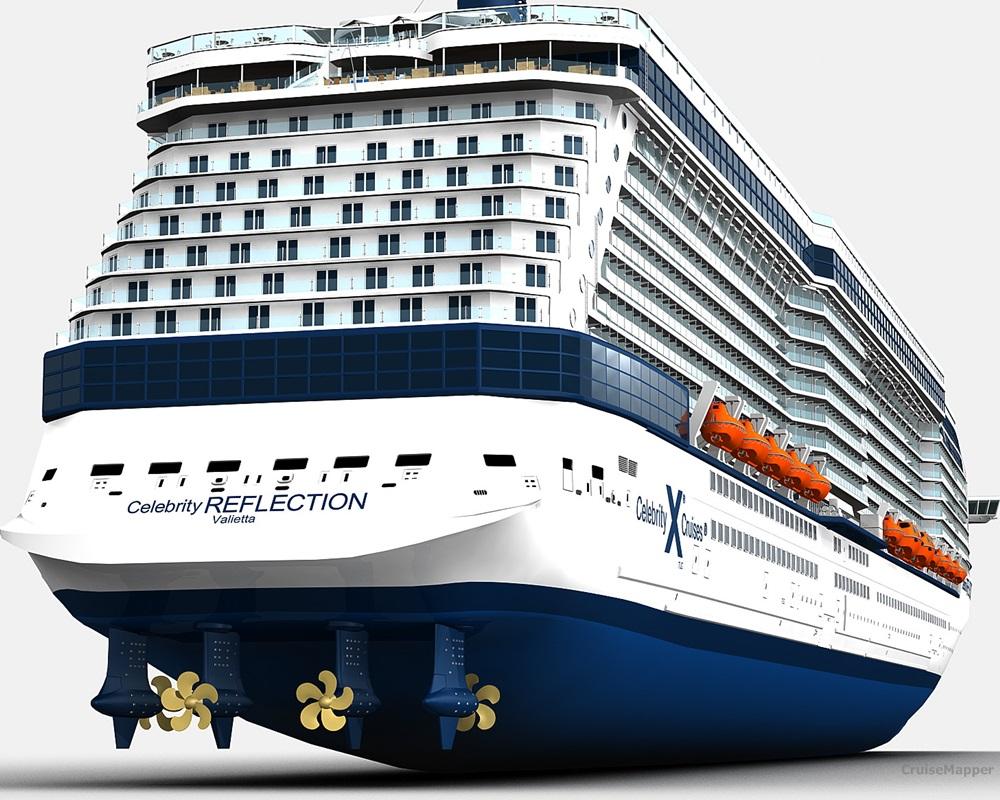Table Of Content

With cleaner engines and reduced emissions, cruise ships can navigate through pristine environments while offering guests an unforgettable journey on the high seas. As technology continues to advance, engine manufacturers are exploring new ways to enhance efficiency, reduce emissions, and improve performance. From advancements in propulsion systems to the development of alternative fuels, there is a continuous effort to make cruise ship engines more environmentally friendly and sustainable. Gas turbine engines are often used in combination with other propulsion systems, such as diesel engines or electric motors, to achieve optimum efficiency and performance. This allows cruise ships to operate using a combination of power sources, adapting to different operational requirements and optimizing fuel consumption. When ships are docked and not moving, main engines and generators produce far more power than needed.
Azipod cruise ship propulsion system
Nearly all contemporary cruise ships are powered by electricity (motors turn propellers). It powers the air conditioning systems, lights and all other appliances aboard the ship. Most vessels produce the electricity they need by using diesel engines.
Ship engine maintenance
The primary advantage of diesel electric systems is efficiency; they allow the engines to operate near their most efficient settings regardless of whether the ship is moving at 5 knots or 20 knots. To quell your fears and satisfy your quest for knowledge, we have set out to shed some light on the sometimes murky subject of how cruise ships work -- no engineering degree required. There are different voltage demands on cruise ships according to the equipment. AC chillers, propulsion motors and tunnel thrusters typically have a high current demand. If one goes down, this is not a major concern as there are four to five others that can compensate. The ship may move slower, but passengers will safely return to port.
Optimising ship lifecycle efficiency
Wärtsilä to supply LNG engine for world's largest sailing ship - Ship Technology
Wärtsilä to supply LNG engine for world's largest sailing ship.
Posted: Fri, 06 Oct 2023 07:00:00 GMT [source]
Every piece of equipment can be monitored from the engine control room to ensure the cruise ship runs smoothly. Here’s everything you need to know about a cruise ship’s engine room. So until the next time someone lets me out of sight and I make my umptieth attempt at trespassing to the engine room, let’s have a quick virtual tour of a cruise ship’s most forbidden and exciting parts. Early steamships were fueled by wood, later ones by coal or fuel oil. Early ships used stern or side paddle wheels, which gave way to screw propellers.

Marine engineers are therefore provided special training for operating, maintaining and troubleshooting marine engines on board ships. Both, the valves and the fuel pump (which supply fuel to the injector), are operated using camshaft, which is driven by crankshaft using a gear drive. In a four-stroke engine, the camshaft runs at half the speed of the crankshaft. The crankcase is open to the piston liner arrangement, which assists in the lubrication of the liner. – The sudden increase in the pressure pushes the piston downwards and transmits the transverse motion into the rotary motion of the crankshaft using connecting rod arrangement. The explosion is repeated continuously for maintaining the power output depending upon the type of marine engine and its usage.
How Do Cruise Ships Work?
The shaft power from each can either go directly to the propeller, pump jet or other mechanism, or it goes through some form of transmission; mechanical, electrical or hydraulic. In the 1800s, steam was one of the main power sources for marine propulsion. In 1869 there was a large influx of steam ships as the steam engine underwent large advancements during the time period. Energy efficiencies are the key to reduce fuel consumption, CO2, and other emissions, and contribute to climate protection. Mein Schiff 3, for example, is expected to feature special energy management systems that help to consume 30% less energy than comparable size ships.
Future fuels and fuel flexibility
This electricity is primarily used on cabin decks (including for heating, hot water, lighting). The technology uses heat exchangers that evaporate a carrier fluid circulating in a closed system. This gas (at 2-bar pressure) drives a turbine, then a 100 kW generator produces electricity. Then Heat exchangers cool the carrier fluid to temperatures around 20 C / 68 F. Added to the dual-fuel engines, the new technology makes Viking Grace one of the world's most environmentally-friendly passenger ships, operating with very low levels of emissions and noise.
Subscribe to Marine Insight Daily Newsletter
Not all cruise ports have facilities to enable shore-to-ship energy. But many larger cruise ports have dockside electrical hookups that allow cruise ships to shut off their engines and run on the city’s electrical grid. The technology reduces harmful emissions by up to 95% while ships are docked. Cruise ships have several redundant systems to ensure the safety and security of passengers. If the generators fail to work during an emergency, cruise ships have an emergency battery backup to power the most critical systems for up to 24 hours.
All-electric passenger ships
This type of engine provides enough electricity to move the ship’s propellers and power the cruise ship’s appliances, lights, air conditioning, etc. Most ships will contain several engines connected to their generator. Cruise companies employ new technologies in order to reduce fuel consumption. Ship's hull, for example, can be applied by silicon coating in order to reduce friction as the ship goes through the water.
“Our Residents are Suffocating” — Pols Push For Cruise Ships to Switch Off Engines and Plug In - W42ST magazine
“Our Residents are Suffocating” — Pols Push For Cruise Ships to Switch Off Engines and Plug In.
Posted: Tue, 19 Sep 2023 07:00:00 GMT [source]
On April 12, 2018, the VIKING LINE-owned ferry Viking Grace became the world's first-ever passenger ship equipped with a rotor sail utilizing wind power. This also made it the world's first hybrid vessel that uses both wind power and dual-fuel (diesel-gas) engines. When entering service in 2004, the Cunard's QM2 was the biggest in the world at 150,000 GR tonnes. Her designer Stephen Payne showed the advantages of pod-propulsion giving vessels increased maneuverability. The propellers (screws) of the QM2 ship are mounted on the pods which rotate 360 degrees and provide advanced maneuverability. He made the choice to put pods - though relatively new and yet untested for big ships.
These ships incorporate a complete ABB propulsion - Azipods, electric power plant, computer automation, and software. Crystal cruise ships are powered by two "Azipod D" units allowing navigation in polar destinations. Each of the Star Cruises "Global-Class" vessels have three "Azipod XO" thrusters.
Since engines power ships through water, they can be quite large for mega ships. Gas turbine engines create heat that transforms mechanical energy into electricity. To achieve this reaction, compressed air fires into a combustion chamber. Hot exhaust is forced over a turbine, which spins to mechanically drive the shaft. If you book a cabin near the engine room, you can expect to hear some noise and feel the vibrations caused by the engines. However, cruise ships use sound-dampening technology and insulation to minimize noise pollution.
The engines used in cruise ships are not only responsible for propelling the ship but also for generating electricity, providing heating and cooling systems, and supporting various onboard facilities. These systems utilize batteries or energy storage systems alongside combustion engines to optimize fuel consumption and reduce emissions. One significant development in engine technology to reduce environmental impact is the increased adoption of liquefied natural gas (LNG) as a fuel source for cruise ship engines. LNG-powered engines significantly reduce sulfur oxide emissions and can offer substantial reductions in nitrogen oxide and particulate matter emissions.
These technological developments in cruise ship engines demonstrate the industry’s commitment to sustainable practices and reducing environmental impact. The adoption of LNG-powered engines and hybrid electric systems represents a significant step towards greener and more efficient cruise ship operations. Overall, diesel engines continue to be the preferred choice for many cruise ships due to their reliability, fuel efficiency, and ability to meet stringent environmental regulations. Their continuous development and improvement ensure that cruise ships can provide a memorable experience for passengers while minimizing their impact on the environment. In recent years, there has been a growing focus on improving the environmental performance of diesel engines used in cruise ships.
These generator sets are larger and much more powerful than the DG sets found on a typical cargo vessel. The tunnel thrusters, both forward and aft, stabilizers, machinery loads, galleys, the numerous lighting and hotel loads, ensure that there is a significant demand for power at any given time. The cruise industry guidelines comment that the safest method to returning large numbers of guests to a port is by using the ship itself.
An interesting fact about cruise ship propulsion is that Norwegian Epic doesn't have pods, though slightly bigger than Queen Mary 2 (at 153,000 GR tonnes), because of NCL concerns about the new technology. Some of the lines (including Celebrity and Cunard) have suffered vessel breakdowns due to pod-bearing failures. Lots of voyages had to be canceled, extensive dry-docking periods were required for pod bearings to be replaced, and NCL didn't want to take the risk. In 2018, AIDAnova made history as the world’s first cruise ship to be powered both at sea and in port by LNG fuel. But really, the main reason to choose an inside cabin on the lower decks is that these are easily the cheapest room on a cruise ship. You’re going on a cruise for the experience, after all, not the nap time.

No comments:
Post a Comment